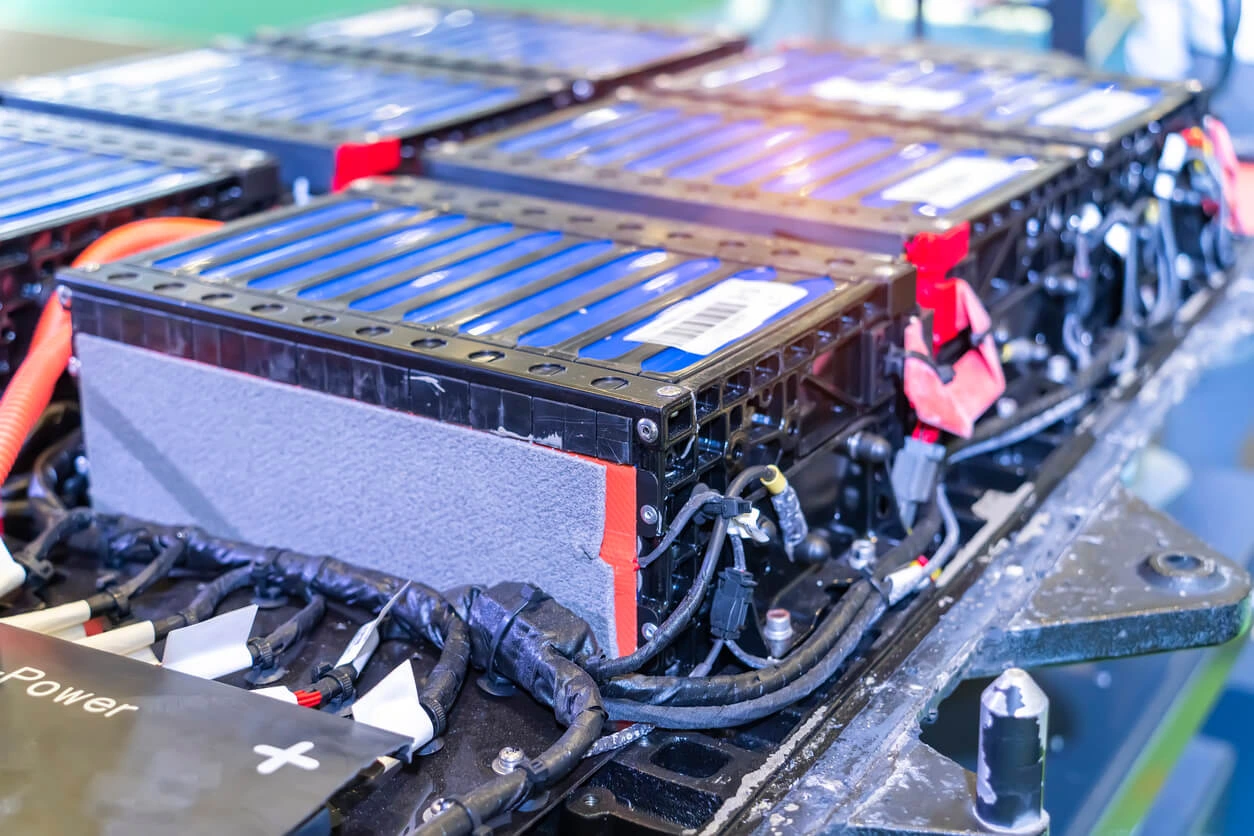Battery regulatory requirements are complex and ever-changing. These regulations affect the transportation, handling, storage, and disposal of batteries throughout their life cycle. When a battery reaches the end of its useful life and is destined for disposal, it is considered waste and additional regulations apply.
A common misconception among those involved with deploying Battery Energy Storage Systems (BESS) is that the liabilities associated with managing their batteries is something they do not need to worry about for several years. The reality is that several regulatory requirements apply throughout the entire life cycle.


